The Lotus Elite Mark 2 Type 83 Sports Car
from Classic to Modern
The Type 83 Lotus Elite Mark 2 sports car featured a larger 2174 cc, Lotus 912, 16 valve, twin overhead cam engine than the earlier Mark 2 Type 75.
This unit developed 160 bhp with 160 ft/lbs of torque at 5000 rpm, and used an SU carburettor.
The 912 engine had a reputation for sounding like a bag of nails when cold, but once it had warmed up, it ran beautifully.
In terms of the torque curve, the 912 was streets ahead of the 907 unit, with the car exhibiting good traction in all gears.
It used a larger hybrid engine in which the original valve gear was operated by different camshafts.
This meant that there was an improvement in both mid range and low end torque, whilst generating a smooth ride.
The steel chassis was now galvanised as standard equipment, unlike the Type 75, which meant that it was virtually immune from rusting, whilst prolonging the life of the car.
The five speed BMC gearbox produced a variety of problems, and was therefore replaced by a Getrag Type 265 gearbox, which turned out to be far more reliable.
However, when cold, the Getrag had a tendency to be difficult to engage second gear, both otherwise it was excellent.
It had four wheel independent suspension with coil springs, was fitted with rack and pinion steering, and the brakes consisted of 10 inch discs at the front, and 9 inch drums at the rear.
Technical Data Mark 2 Type 83 Mark 2 Type 75
Production 1980-1983 1975-1980
Engine, cc 2174 1973
Cylinders, bhp 4,
160 4, 155
Speed mph 132 125
0-60 mph, secs 7.5 7.8
0-100 mph secs 22.5 -
Standing 1/4 mile secs 16.1 -
Torque ft/lbs 160 130
The vacuum operated headlights of the Type 75 were now replaced with an electrically operated system.
It was now fitted with a front spoiler, a new rear bumper, rear brake lights from the Rover SD1 series of executive saloons, whilst alloy wheels became an optional extra.
It had black bumpers and dashboard, and plenty of carpeting.
Another interesting optional extra was the fact that it could be given colour coordinated bumpers, grill and mirrors to differentiate it from other models.
Electronic ignition was fitted as standard, and it was one of the first Lotus models to have this feature.
The body didn't leak, and the car was far more reliable, which was a huge advantage over the Type 75.
The motoring press loved the Type 83 sports car, with such accolades as: "The Elite is very difficult to fault", "Exceptional handling and road holding", "A lovely car to drive".
The basic layout was copied by Volvo and Honda, the latter with their Aerodeck saloon.
In terms of Lotus models, the Mark 2 Elite Type 83 is still in demand on the second hand market. In fact, as a used Lotus, it can sell for anything from £6,000 to about £16,000, in line with the Type 75.
In its three year production life, only 133 units of the Type 83 were ever built, with 105 in 1980, 13 in 1981, and just 1 in 1983.
Lotus had an agreement with Rolls Royce which allowed it to export its cars to the US.
Unfortunately, in 1980, this agreement was dissolved, which meant that the Type 83 was never exported to America, which probably explained the lack of sales of this model.
Fuel consumption figures for this model were as follows: Urban cycle = 20.0 mpg; At a steady 56 mph = 36.2 mpg; At a steady 75 mph = 29.4 mpg
.
.
see All My Reviews
Got an interesting Sports Car story to tell?
Lotus Links

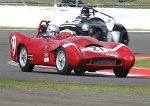

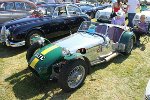
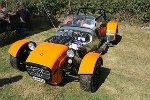

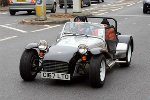


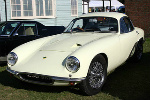
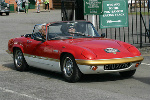
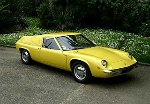
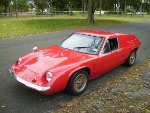
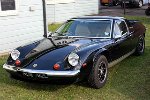

no picture
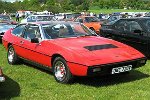
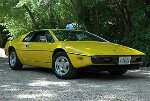


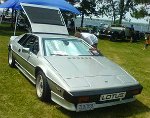



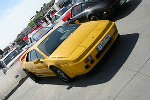

no picture


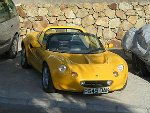


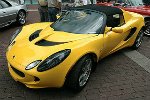
Lotus Links End





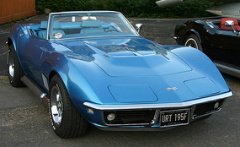
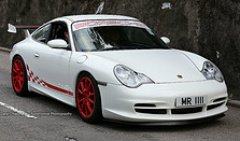
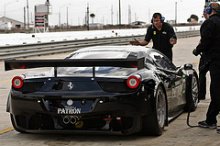
New! Comments
Have your say about what you just read! Leave me a comment in the box below.